EOS was introduced in 2017 by Block.one. EOS is a blockchain technology which collaborates within a distributed database structure to create decentralized applications. It is an open-source blockchain protocol developed to build and deploy fast-paced blockchain applications for industrial use. It addresses three of the most aggravating problems of blockchain — transaction speed, cost and commercial scalability.

EOS aims to enable smart contract development to allow the creation and hosting of industrial-scale, decentralized autonomous applications, giving it an edge over the scalability of other blockchains through its features like parallel processing and full-duplex communication. EOS can conduct millions of transactions per second — allowing millions of users to simultaneously use it — without any transaction fees.
The EOS ecosystem consists of two aspects: EOS.IO and the EOS tokens. EOS.IO is the main infrastructure and is used to manage and control the EOS platform. It is used for building decentralized apps by enabling horizontal and vertical scaling. The EOS token, on the other hand, is the currency used on the EOS platform. Both the elements combine to create a blockchain platform for providing services like smart contract hosting and execution, cloud storage, dApps, user authentication and more.
EOS dApps
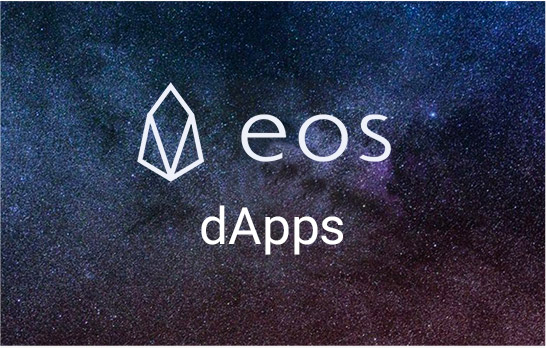
EOS is a user-friendly platform for building decentralized applications known as dApps. dApps are open source applications that are peer to peer. It has no central server operated by a single entity so users are connected directly. dApps aim to store data on blockchain networks, creating a speedy, highly secure application with access to cloud computing power. It is designed to be an easy and efficient way to create decentralized applications by allowing smart contracts to be built on top of EOS.IO.
DPoS
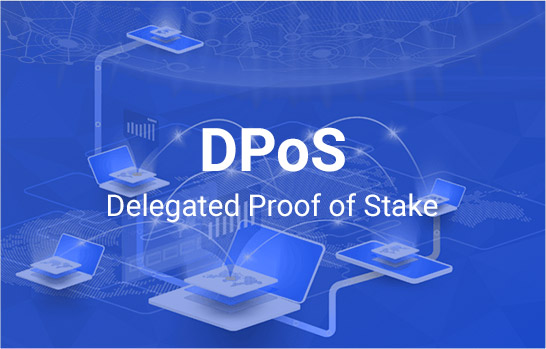
In contrast to other public blockchains that do a low number of transactions per second because they require total consensus or “agreement” across nodes, EOS addresses this through what is called Delegated Proof of Stake otherwise known as DPoS. DPoS is the EOS consensus mechanism through which data is administered across merely 21 block producers creating a master DBMS, to validate transactions and provide resources to that network efficiently.
The 21 block producers are voted in by the token holders. They are then responsible for creating the blocks for that specific blockchain. The block producers are continuously voted in and out so that token holders have the best block producers available.

Why choose EOS for blockchain?
EOS is completely customizable in order to cater to a wider range of businesses and industries and has an edge over other blockchain networks because of the following key features:

Authentication System
While using EOS, users have access to its full functionality including an authentication system. Every user will have role-based permission levels and will be in control of their own user data. Recent updates to the platform now also allow users to share their database access with others and can store the data on a local machine. Furthermore, if a user loses access to their account, they can recover it through another authenticated user that has been designated for account recovery.
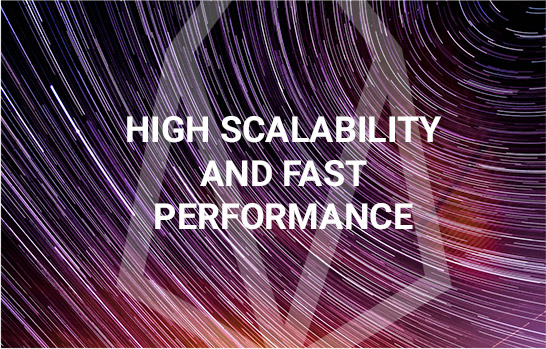
High Scalability and Fast Performance
EOS provides industry-leading speed and focuses on the most critical obstacle in the blockchain industry; scalability. For a business that requires processing thousands of transactions per second, EOS is essential. It is a high-speed blockchain that allows the development of scalable applications. Moreover, it provides solutions such as asynchronous access to resources and parallel execution to allow developers to simultaneously use the network, preventing bottlenecks.

The number of transactions EOS can handle currently is estimated at 1000+ transactions per second, which is significantly higher than Ethereum with only at a maximum of 15 transactions per second (see https://blockchair.com/ethereum) and it does not stop there. EOS is continuously trying to increase their transaction speed, aiming to be the fastest blockchain out there.

Flexible
EOS is a highly versatile technology and is designed to be used in building and customizing applications to fit the needs of businesses across industries. Its usage of DPoS enables flexibility to make immediate critical decisions while keeping applications secure. DPoS also enables developers to freeze the network if there is any broken link which they can fix without affecting other components.
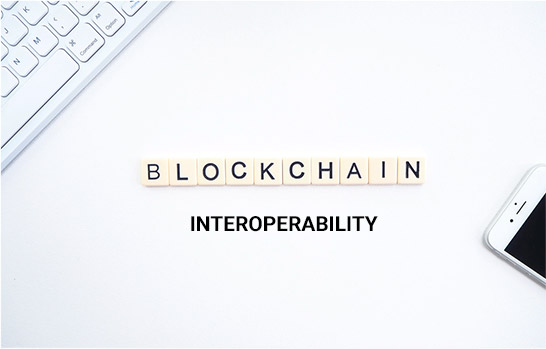
Interoperability
One of the key features of EOS is that it offers two blockchains to communicate with each other, thereby allowing numerous dApps to connect with each other and relay information from one blockchain to the other.

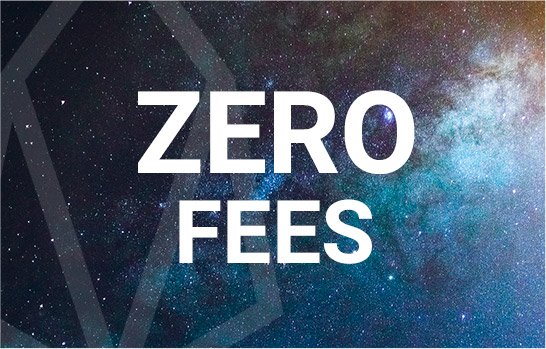
No Transaction Cost
Unlike any other blockchain solutions, EOS has no transaction fees. Due to this fact, EOS offers a more promising cost model from a blockchain developer and user standpoint. However, users will need to buy EOS tokens to use bandwidth, computation and storage, however they can be sold at any time to retrieve back the investment.

Sustainable And Eco-Friendly
One of the drawbacks of mainstream blockchain technology is that it is not environment-friendly. Most of the blockchain technologies out there demand a considerable amount of energy to use computer resources and mine all the transactions leading to a massively negative impact on the environment. EOS was developed with this problem in mind. It is much more efficient than other blockchains, reducing the amount of energy that is consumed to run it. According to research, DPoS is 66,454 times more energy-efficient than Bitcoin and 17,236 times more than Ethereum. (see: https://block.one/news/eosio-fulfilling-social-and-environmental-sustainability/).

Recently, efforts are being made by the EOS community, in association with climate and sustainable development experts, to reduce this energy consumption to an even lower level. This is carried out by estimating carbon emissions produced by EOS servers and neutralizing them by working on clean-energy projects.
Why choose Winterwind?

Winterwind has extensive experience in integrating the EOS blockchain technology into a wide range of applications including web dApps and mobile dApps for various industries. We have been using EOS technology since their ICO began in 2017 and have been developing with EOS professionally since early 2018.
Our team of EOS experts has comprehensive knowledge and experience with multi-signature wallet development - covering displaying balances, showing incoming or pending transactions, deploying deposit listeners, and setting up hot withdrawals. They are also familiar with providing a blockchain layer/API for websites and mobile apps and have expertise in developing decentralized exchanges and escrow-based dApps. Our team ensures that all risks are eliminated at every level of the blockchain network to ensure a high level of security.
We have extensive experience in dApp development, having built numerous secure dApps for various organizations customized to suit business requirements. We also provide consulting services to provide optimized business solutions on how to boost your business growth using the EOS blockchain network. Winterwind also specializes in custom token creation, fungible and non-fungible tokens, smart contracts, and integration of any of the aforementioned into websites and mobile apps and more.
Our Portfolio
Fungible Token Development
Winterwind has created fungible tokens for a number of clients. Tokens in EOS are created by deploying the appropriate smart contract to the EOS blockchain. Your token can be personalized according to your business needs. We will provide you with a questionnaire that will help us create the perfect token tailor-made for your business. Some of the questions we ask include the following:

Does it have a fixed/max supply of tokens?

Is there minting/burning allowed after the initial creation of the coins? (inflation/deflation)

Name of the token and its symbol (recommended to have 2-5 characters for symbol)

How many decimals in your token? (divisibility of one unit)

Do you want Winterwind to maintain a backup of your private key in case you lose it?
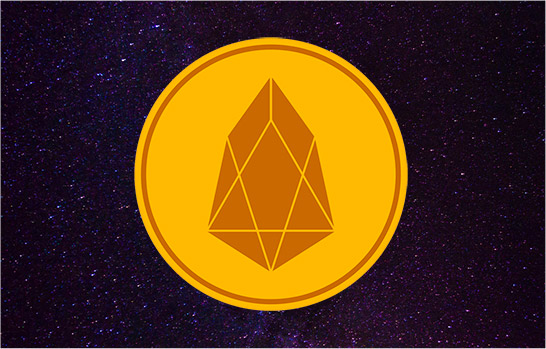
Non-Fungible Token Development
A non-fungible token, also known as NFT or nifty, is unique and non-divisible. This means that they are distinct from other non-fungible tokens and thus in no other way interchangeable. An example of the practical use cases of non-fungible tokens is the tokenization of digital and even real-world assets.

One of the projects we have worked on is a roleplay game built on top of EOS. In addition to the game having a fungible token which was used as the in-game "gold", all of the items in the game were non-fungible tokens. Examples include the "sword of might" and "boots of swiftness" of which there was a limited quantity on the game/EOS blockchain. These items were all NFTs and they have their properties written onto the smart contract. For example, the sword had an attack damage score, critical hit score, speed interval on how often it could be swung, weight, etc. As these items (and the characters in the game) were all non-fungible tokens, they can be sent from one EOS account to another EOS account right on the blockchain. Since the FTs (gold) and NFTs (items, characters) belong to an EOS account, once the player logs into the game with their EOS account, the characters and their items displayed are the same as what is in their account. This is a stark difference to traditional games like Fortnite where the items only reside in a centralized database, giving the players no real ownership of their digital assets. Find an example of NFT's on EOS as follows:
Character

Race (human, alien, beast, spirit)

Physical attributes (weight, height, running speed, walking speed)

Capabilities (magic, spells)
Item

Item type (sword, shield, boots, helmet, etc)

Attack score

Defense score

Critical hit score

Color

Cost (the cost would be in the fungible token/in-game gold)
Are you Interested in Integrating EOS Blockchain Technology into your app? Thinking of building a dApp? Contact us Today!
















